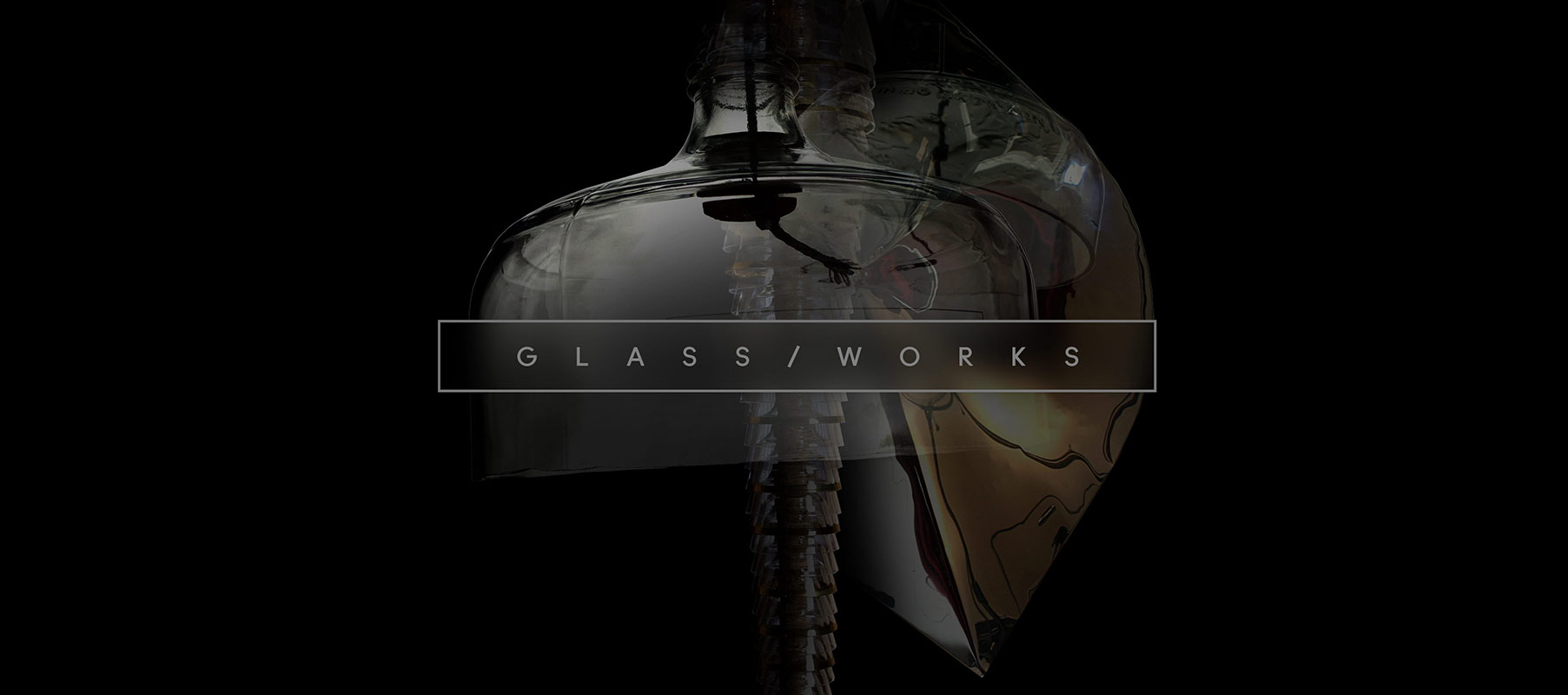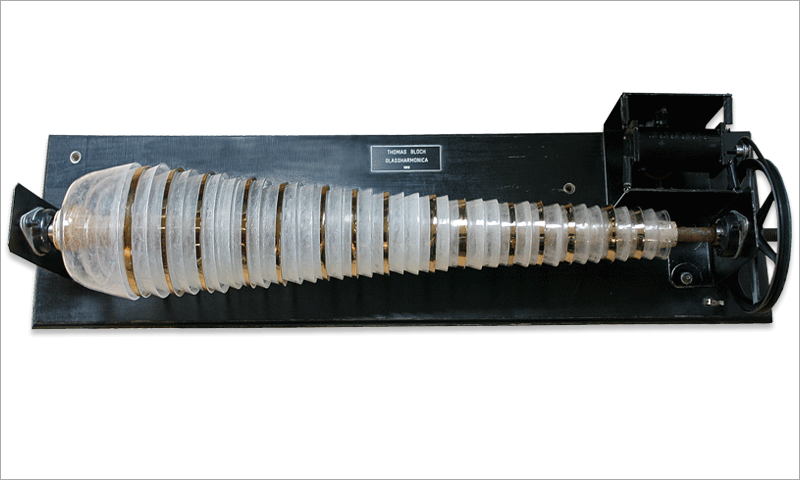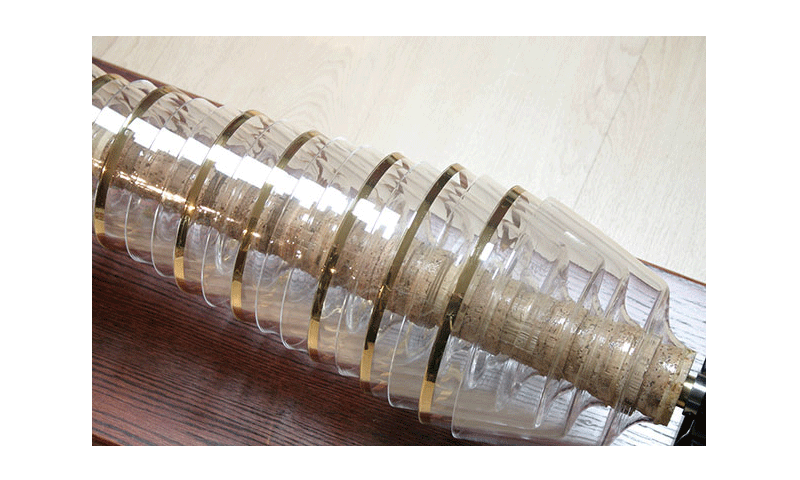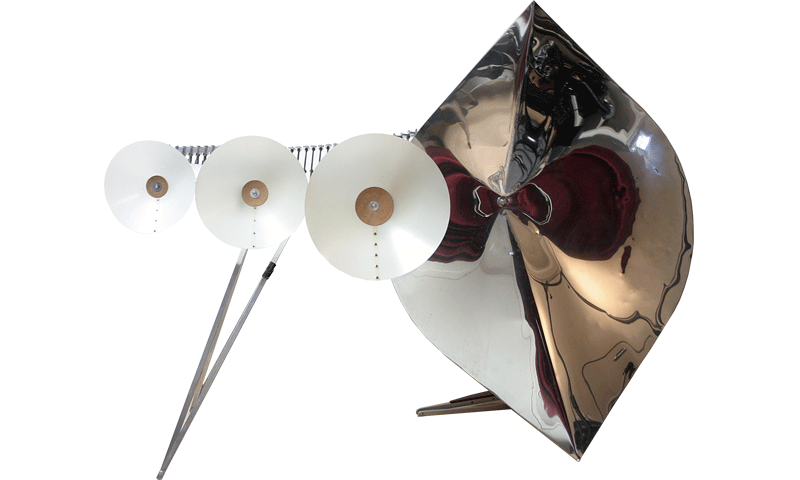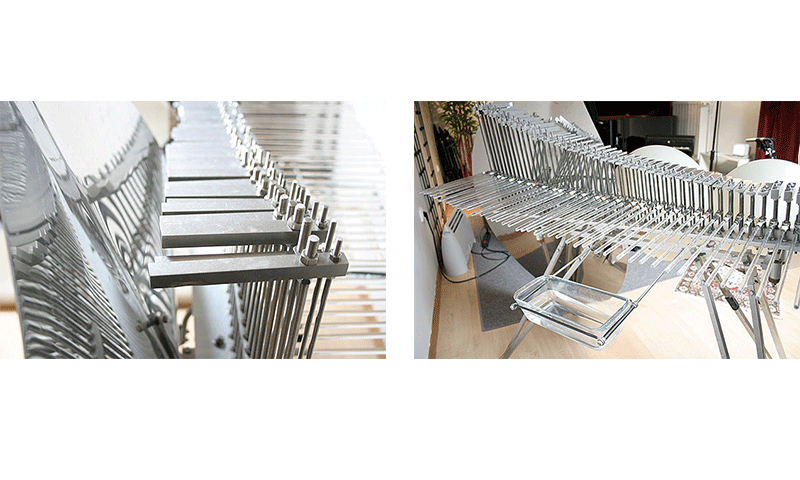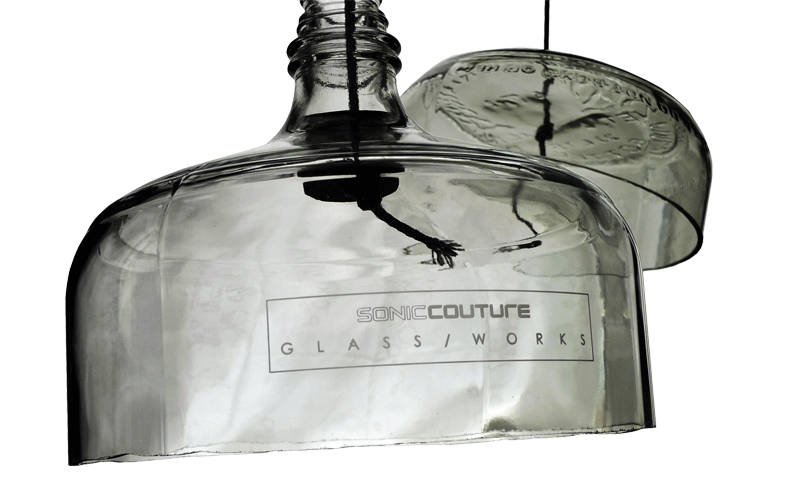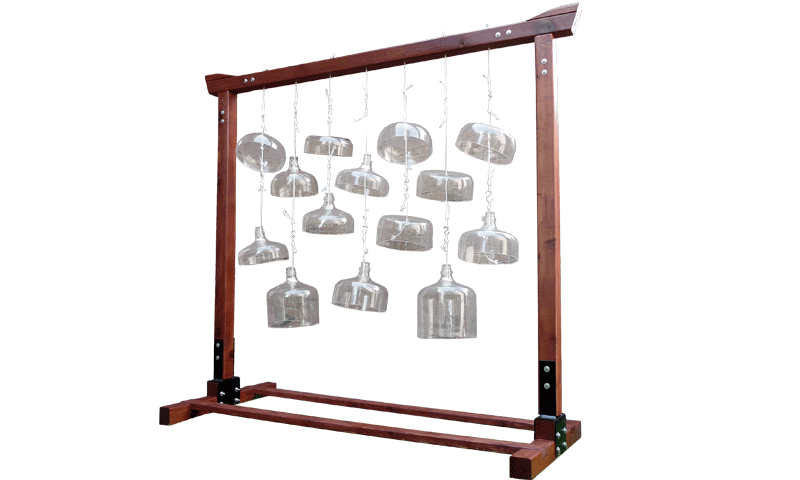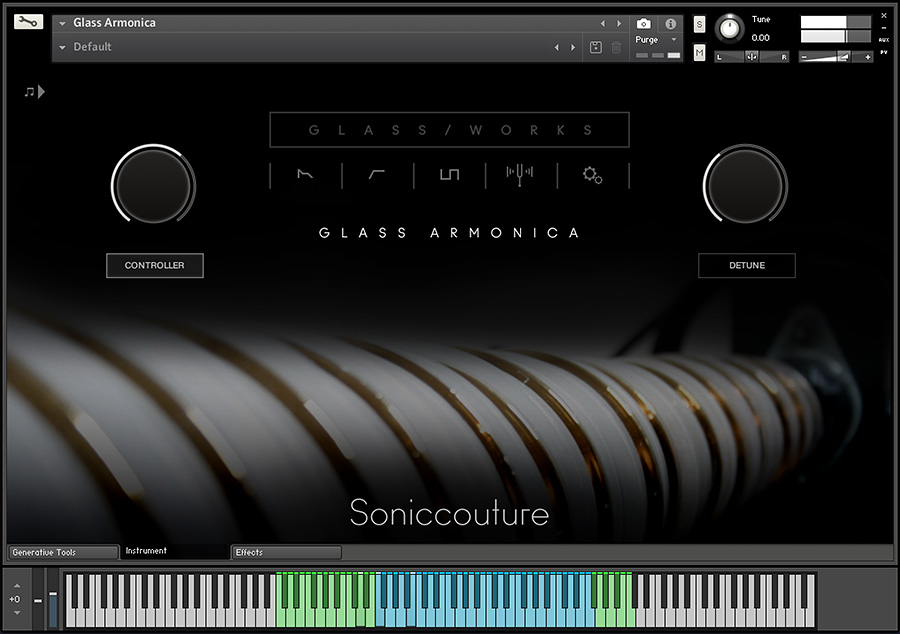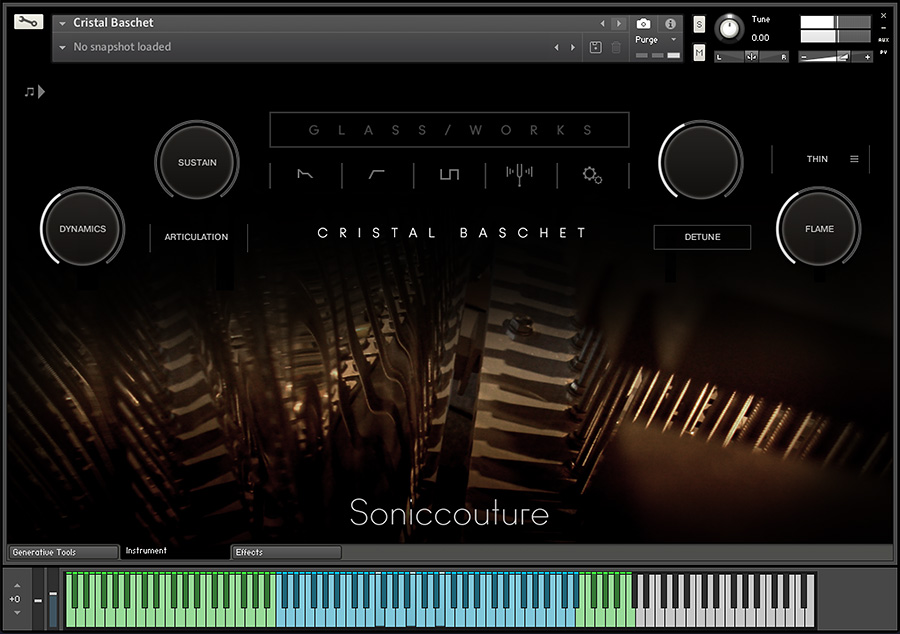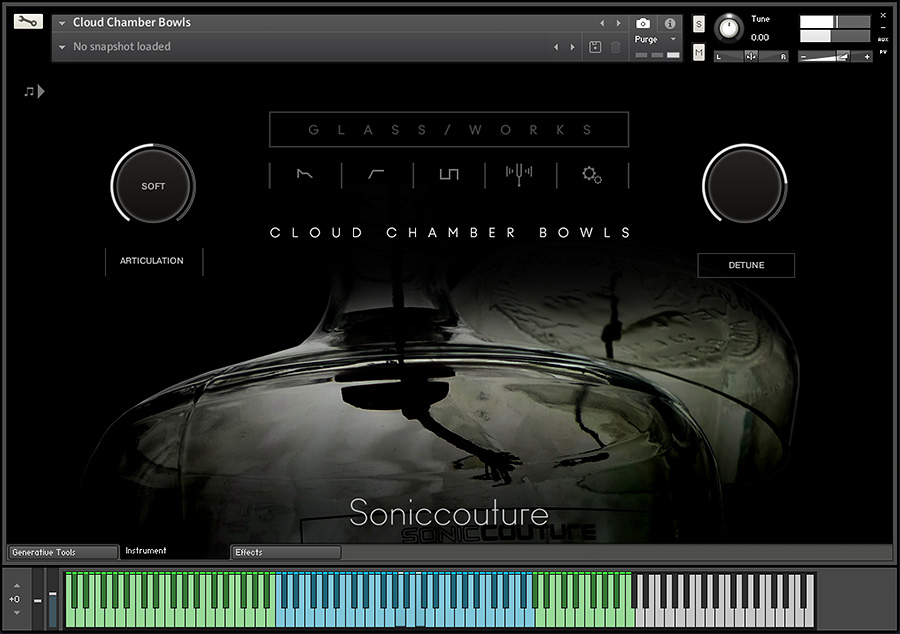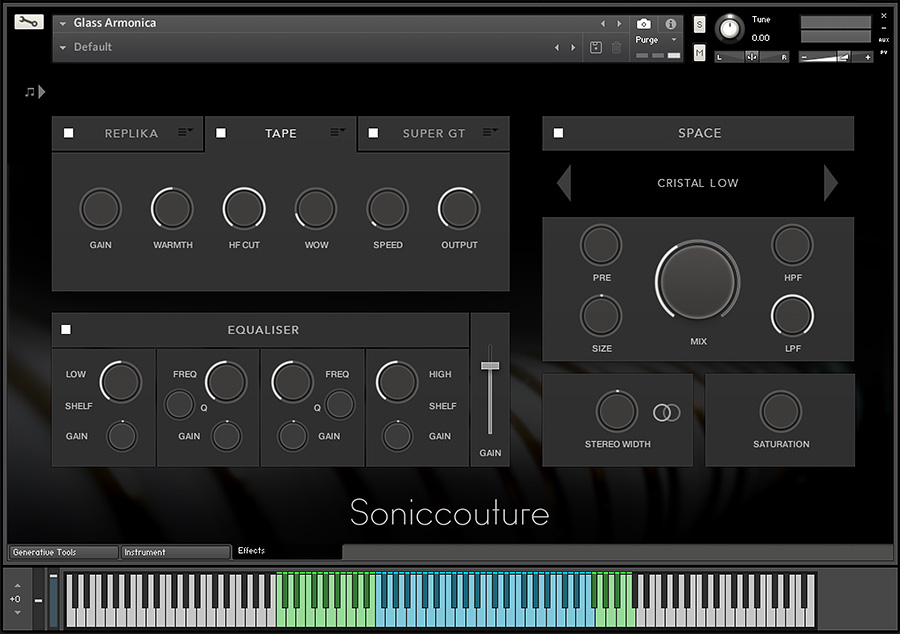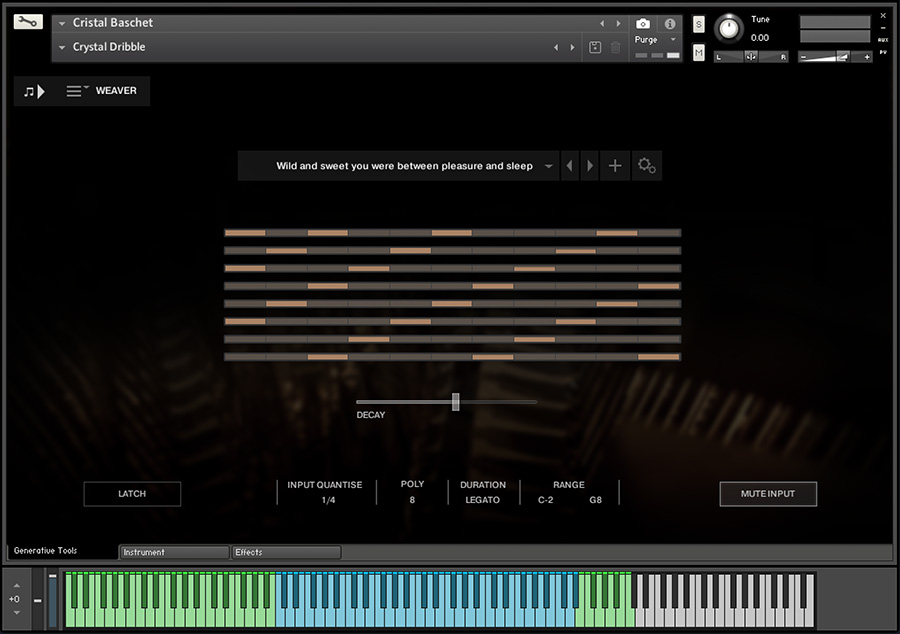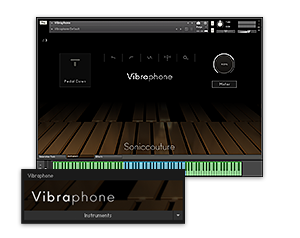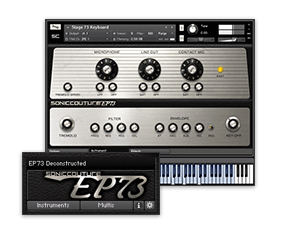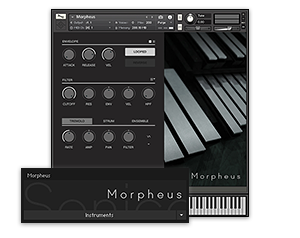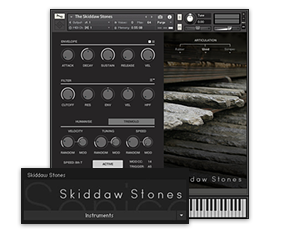GLASS / WORKS
RARE INSTRUMENT COLLECTION
- 3 INSTRUMENTS
- 85 Presets
- 5GB Library
- Kontakt player NKS
GLASS ARMONICA | CLOUD CHAMBER BOWLS | CRISTAL BASCHET
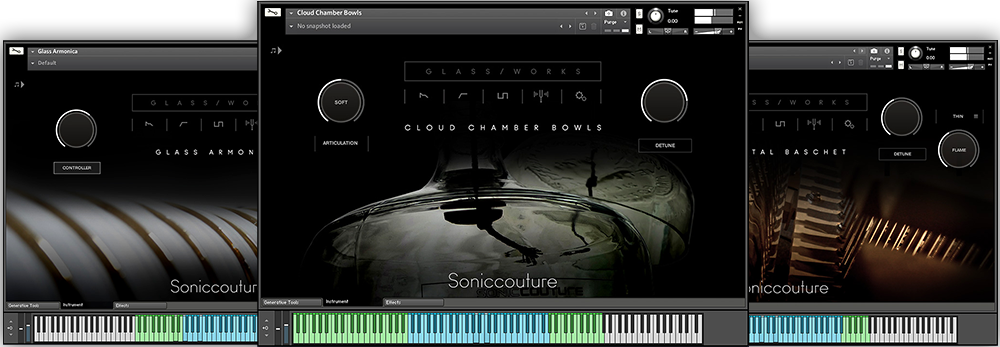
Glass Works is a set of Kontakt instruments which collects together 3 rare musical instruments which use glass to generate sound:
Le Cristal Baschet, The Glass Armonica, and a set of Cloud Chamber Bowls.
We travelled to Paris to record with Thomas Bloch, a virtuoso musician who specialises in rare instruments, and Glass Works is the result.. cinematic, creepy and cool.
GLASS WORKS: THE INSTRUMENTS
THE KONTAKT INSTRUMENTS
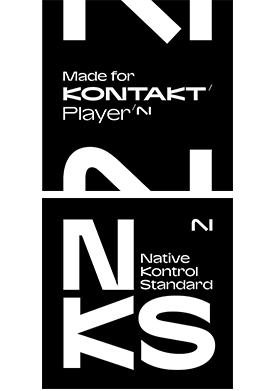
KONTAKT PLAYER COMPATIBLE
This is a Kontakt Player instrument. This means that you do not need to own the full version of NI Kontakt to use it. It will run as a plug-in instrument in any VST/AU/RTAS/AAX/WASAPI,compatible host program or DAW eg: Cubase, Logic, Ableton Live, DP, Reaper, Pro-Tools. No extra purchase necessary.
System Requirements:
Windows 7 or higher (latest Service Pack, 32/64 Bit), Intel Core Duo or AMD AthlonTM 64 X2, 4 GB RAM (6 GB RAM recommended)
Mac: OS X 10.9 or higher, Intel Core 2 Duo, 4 GB RAM
Requires KONTAKT 6 or KONTAKT 6 PLAYER version 6.7 or later
